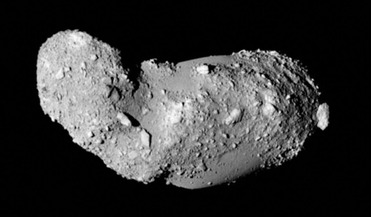 05 March 2021
For the first time, organic materials essential for life have been found on the surface of an asteroid
05 March 2021
For the first time, organic materials essential for life have been found on the surface of an asteroid
... over billions of years. Along with extreme heating and dehydration, Itokawa has been sucking up water and organic materials from other extra-terrestrial sources, so that its chemistry has changed over time. How do they know...
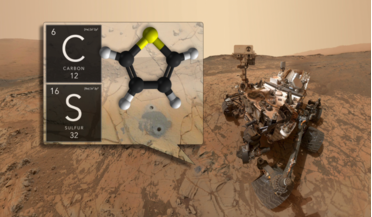 08 June 2018
Curiosity discovers ancient organic molecules on Mars
08 June 2018
Curiosity discovers ancient organic molecules on Mars
... new findings are an hopeful indicator that life might have once survived on the Red Planet. The organic material was unearthed in 3-billion-year-old sedimentary rock samples extracted by Curiosity’s Sample Analysis at Mars (SAM) instrument...
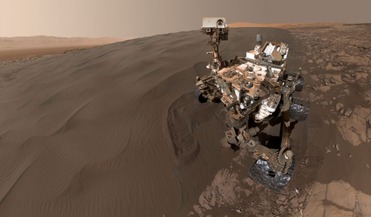 01 November 2021
Curiosity finds organic molecules in Mars sand dune
01 November 2021
Curiosity finds organic molecules in Mars sand dune
.... So Curiosity has another trick up its mechanical sleeve; ‘wet chemistry’ experiments. Wet chemistry experiments involve “derivatising” organic molecules before they are heated, meaning that they react with other chemicals first in order to become...
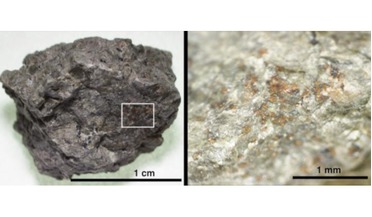 29 April 2020
Scientists discover ancient nitrogen-bearing organic material in martian meteorite
29 April 2020
Scientists discover ancient nitrogen-bearing organic material in martian meteorite
...contain nitrogen-bearing organic material, a finding which suggests that 4 billion years ago, Mars was once a wet and organic-rich planet ...made it difficult to determine how much of the organic material in the meteorite was truly Martian in origin. ...
 29 June 2016
Researchers detect interstellar organic materials being fed into a young planetary system
29 June 2016
Researchers detect interstellar organic materials being fed into a young planetary system
...a Solar-type protostar, showing that interstellar organic materials are being fed into a rotating disk ...chief scientist of RIKEN studied the distribution of a number of organic molecules including methyl formate (HCOOCH3) and carbonyl sulfide (OCS...
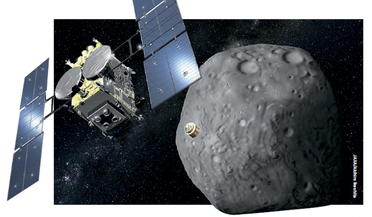 January 2019
Visiting an asteroid to find out how life began
January 2019
Visiting an asteroid to find out how life began
... process that sits between Mars and Jupiter. Ryugu is a C-type or ‘Carbonaceous’ asteroid, which is a class thought to contain organic material and also to have remained relatively unchanged since the solar system’s formation. Rocks like Ryugu likely...